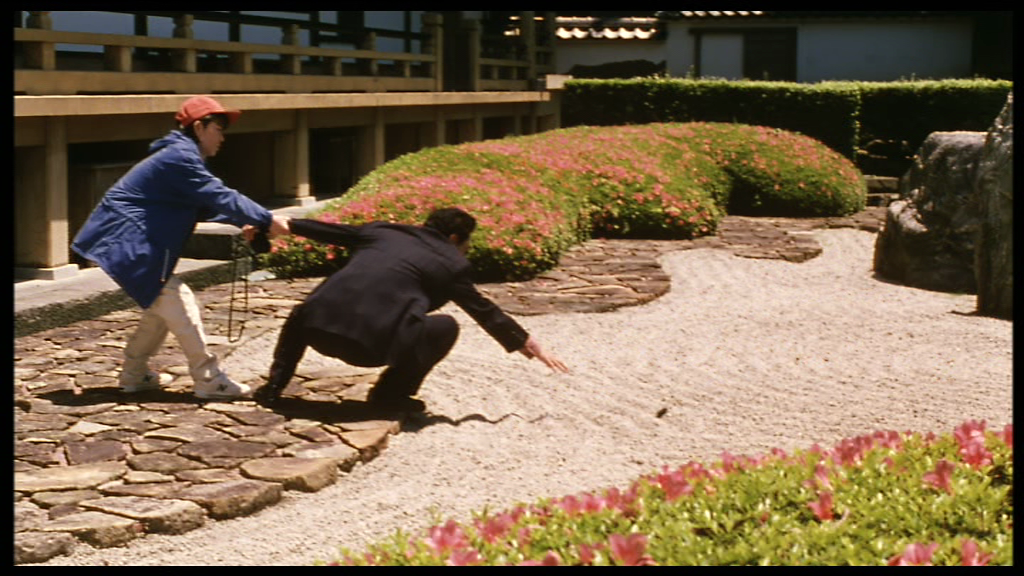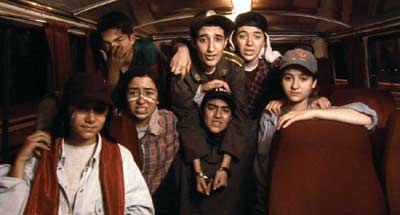The Snowpiercer is a science fiction movie describing a world that when the world ends, only few people survive and live in a train which is endless traveling the entire earth. The whole film is very cool, it seems like a science fiction film but the content is very political. This is absolutely a political satire film.
There are some very interesting and good features of Snowpiercer.
The first is that such a kind of good film like Snowpiercer came out from South Korea definitely thanks to the government police published in 1997. The government police is that abolish the censorship system and establish the film classification system. Then the South Korea film industry had their spring, more and more excellent and amazing South Korea film produced and released in the local market even the global market. Ward (2014) talks that ‘it creating a philosophical fable that teases out the impacts of blind allegiance, adherence to a cause, and ascribing significance. Its contemplation is murky and multifaceted, which is emblematic of its complexity and not of its big-budget pedigree’.Such political satire film with thought-provoking ideology would not be produced by China mainland. I was thinking that if the development of South Korea basically because of the government abolished the censorship system and established the film classification system, will the Chinese film rise up to a new level if the Chinese government do the same thing as the South Korea government. But when the day come?
The second one is that the Snowpiercer is actually an international film directed by a South Korean director Bong Joon-ho, namely, this film is not a pure South Korean film. From the actors and actress groups we can see that those important actors and actress are from three countries, United Kingdom, South Korea and United States. Moreover, from Vikrant’s lecture, he mentioned that the film production team shoot in Czech, German VFX, and this film based on a French graphic novel named Le Tranperceneige.
Professor Vikrant put forward some questions at the end of the lecture:
Is this globalisation? Or is this giving opportunities to new studios and audiences to share their narratives?
My answer is:
Snowpiercer presents a new globalisation, at the same time, the glolisation in film area definitely gives opportunities to new studios and audiences. Brian Yecies, Ae-Gyung Shim and Ben Goldsmith (2011) discuss that ‘Since the mid-2000s, transnational flows of films, filmmakers and film work have grown, driven in part by a ‘digital wave’ – that is, the diffusion and adoption of digital production, distribution and exhibition technologies and practices. Around the world, international production has broken new ground: more and more films are pre-produced, shot and post-produced in multiple locations and in multiple countries – all on budgets more modest than the average Hollywood blockbuster.’
References:
Ward, S., 2014. Keep your eye on the dystopian ball: Bong Joon-ho’s’ Snowpiercer’. Metro Magazine: Media & Education Magazine, (182), p.54.
Yecies, B., Shim, A.G. and Goldsmith, B., 2011. Digital intermediary: Korean transnational cinema. Media International Australia, 141(1), pp.137-145.
Comments I did:











